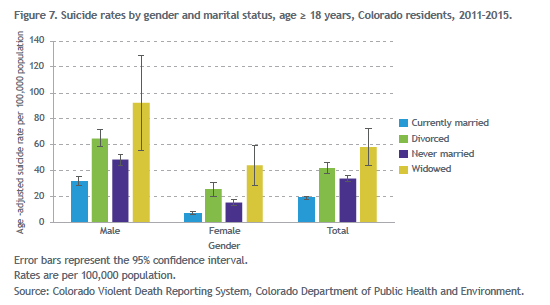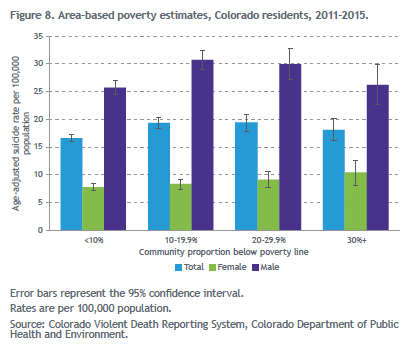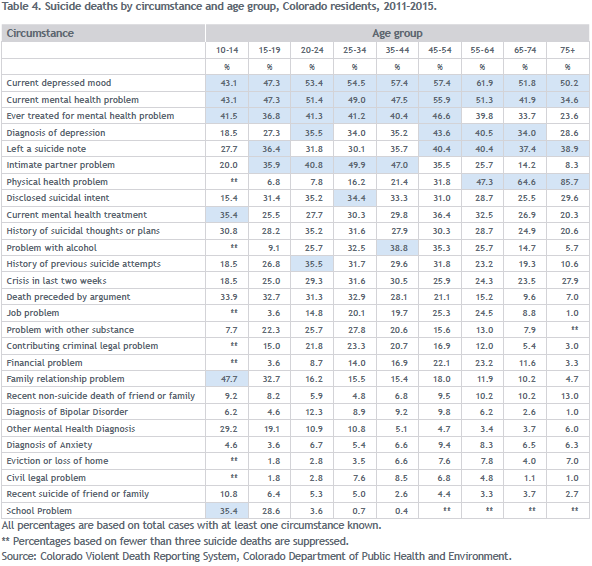Kyle Uhl
Kyle Uhl was living the dream in Crested Butte, Colorado. He loved the outdoors and spent as much time as possible skiing gnarly runs on Mount Crested Butte (120 days in 2017-18), traveled the US with friends to rock climb in places like Zion NP, Devils Lake, Wisconsin, Devils Tower in Wyoming, the tree in your backyard. He was also an avid sailor, loved hiking and camping in the mountains, kayaking, fly fishing, and riding sick lines on his mountain bike.
"Twenty years from now you will be more disappointed by the things you didn’t do than by the ones you did do. So throw off the bowlines. Sail away from the safe harbor. Catch the trade winds in your sails. Explore. Dream. Discover."
Kyle, even as a young child, was very outgoing and social, always smiling and talking, and brightened the day of those around him. He was very curious and adventuresome, loved exploring and climbing, experimenting, figuring out how things worked, making things work better or inventing. He was always full of ideas and had a dozen things going at the same time. On the outside, he was full of life and was focused on the future—especially the coming ski season.
On Friday, October 19 he bought supplies for his business, a lottery ticket, and went out with friends.
On Sunday, October 21, 2018, Kyle committed suicide.
He was 27 years old.
The Problem
Suicide is a critical public health concern that adversely affects a diverse population of Americans. The number of suicides has increased over the past decade for the United States and also in Colorado. In 2015, Colorado had the ninth highest suicide rate (19.5 deaths per 100,000 population) among all states. In 2015, suicide was the seventh leading cause of death in Colorado. From 2011 to 2015, the suicide deaths in Colorado outnumbered deaths by motor vehicle collision, unintentional poisoning, falls or homicide.

Demographics
From 2011 through 2015, the number of male suicides was more than three times the total number of female suicides (3,855 and 1,175 deaths, respectively). Among male suicides, the number of deaths was highest in the 45–54 year age group (765 deaths). A similar trend was seen among female suicides: The highest number of deaths occurred in the 45–54 year age group (292 deaths).

Rural residents and whites/non-Hispanics had the highest rate of suicide, and have the highest rate of suicide. Divorced or widowed men and women were found to have the highest rate of suicide, and men living at or below the federal poverty level are three times more likely than women to commit suicide.


Methods
Male suicide deaths most frequently involved the use of a firearm as lethal means (55.8%), followed by hanging/asphyxiation/suffocation (25.2%) and poisoning (12.7%). In contrast, the greatest proportion of female suicide deaths involved the use of poison as lethal means (43.0%), followed by firearm (26.9%) and hanging/asphyxiation/suffocation (24.3%) (Figure 9). The method of suicide also varied according to age. As age increased, the use of a firearm as a lethal method increased; whereas the use of hanging/asphyxiation/suffocation was highest among younger victims.


Summary
Over the past five years, the rate of mortality from suicide among Colorado residents has consistently remained at a high level. In recent years, the number of suicide deaths has surpassed the number of deaths due to motor vehicle collisions, and suicide has become the seventh leading cause of death in Colorado. Not only does the state maintain an average suicide rate nearly 1-1/2 times greater than the national rate (19.5 Colorado crude suicide death rate, 2015; 13.3 US rate, 2015),1 the state’s average suicide rate has ranked among the 10 highest in the nation for several consecutive years.
Even beyond the United States, those who live in counties designated rural or frontier are generally considered to be at increased risk of death by suicide compared to those who live in urban designated counties.
The male population consistently experienced suicide rates over 1-½ time greater than the Colorado state average and over three times greater than females. Male Colorado residents between the ages of 35 and 54 years not only experienced the highest suicide rates among the age groups and genders, they have consistently contributed the largest proportion of all Colorado resident suicides over the past five years (28%).











